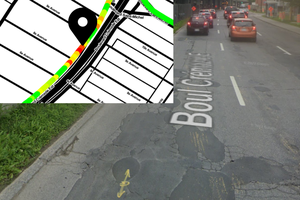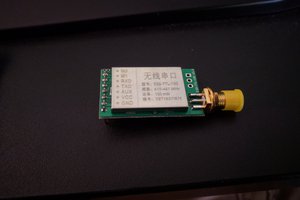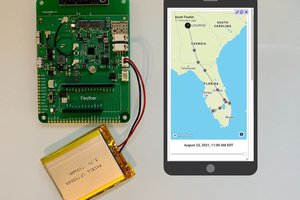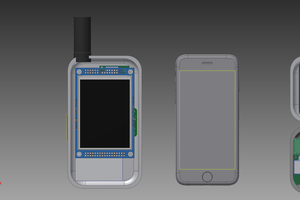Story
When people think about asset trackers, typically they think about tracking things that should move: planes, trains, and automobiles.
What we don't think about as frequently is keeping track of things that shouldn't move: statues, environmental monitoring devices, RVs or boats stored in the off season, and other valuables that would be unfortunate to lose or have stolen.
At work recently (I work for IoT startup Blues Wireless), someone shared a story about beekeepers using tracking devices to protect their hives (that honey is literally liquid gold!) and suggested Blues' devices would be a great tool for a low-cost hive-tracking solution, and that got the wheels turning in my head.
Blues' mission is to make IoT connectivity easy. Whether your IoT device has a stable Wi-Fi connection - or it's in a beehive somewhere out in a meadow. Blues provides low-power Notecards that connect to a secure cloud (Notehub) via prepaid cellular data and pump the device's data (in JSON format) to the cloud for easy access.
The best part is, once the data is in the Notehub cloud, it can be routed out again to a third-party cloud platform, a web app, a low-code dashboard, or even a messaging platform like Twilio.
With Twilio, we can do things like send SMS alerts when a device that should be stationary starts moving, including details like last known location coordinates. Sounds like a pretty perfect solution to me.
Today, I'll show you how to build an anti-theft device for under $100, that will use a cellular module to send its location data to a cloud and trigger SMS alerts whenever motion is detected, for faster asset recovery.
Read more » Paige Niedringhaus
Paige Niedringhaus

 Dominic DeMarco
Dominic DeMarco

 John Grant
John Grant